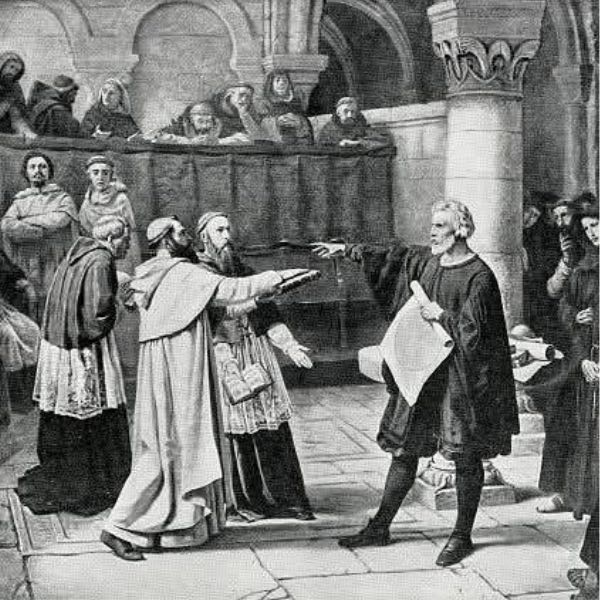Leonardo is the model of the Renaissance Man, someone who is multi-talented and well-educated, with broad interests and skills in many fields, and the one who is able to apply them in life. There are plenty of people that fit this definition and can be found in other eras – for example, in the 17th ceuntry, in figures like Blaise Pascal and Galileo.
The 17th Century
It was a transitional time between the Renaissance and the Enlightenment – an age of major changes in the way of thinking. People began to explore the world independently instead of accepting everything as it came. This led to new ideas and intellectual movements:
- Rationalism – reason is the source of knowledge
- Empiricism – knowledge comes from experience and observation
- Skepticism – doubt in the ability to know the full truth
- Dualism – division of body and soul, matter vs. spirit
This was also the era of versatile individuals like:

Pascal
mathematician, physicist, philosopher, theologian

Galileo
astronomer and physicist, founder of the scientific method
Scholars like them embodied the spirit of the time – curious about the world, bold in their thinking, searching for truth not only in the Bible, but also in nature, reason, and humanity itself.
The Life of Blaise Pascal
Blaise Pascal was a French intellectual involved in mathematics, physics, engineering, philosophy, theology, and literature – one of the most versatile figures of the 17th century.
He was born on June 19, 1623, in Clermont-Ferrand. His father, Étienne, who was a scholar was responsible for Blaise’s education.
Pascal studied intensely from a young age, exploring mathematics, physics, and engineering. At age 32, he experienced a deep religious conversion, which changed his life. He withdrew from science and focused on spirituality.
He died on August 19, 1662, in Paris at just 39 years old, but left an indelible mark on science, philosophy, and theology.
His Contributions to Mathematics
Blaise Pascal made a huge contribution to mathematics. His discoveries have great significance in many areas of science and everyday life:
- Pascal's theorem - properties of a hexagon inscribed in a circle. One of the most important discoveries in projective geometry
- Foundations of probability theory, which are of key importance today in statistics, economics and insurance.
- Pascal's triangle - a system of numbers that helps in calculations related to combinations and algebraic formulas.
“Is Reason Alone Enough to Understand Who We Are?” – Pascal’s Philosophy
Blaise Pascal had the gift of asking truly important questions – ones that really get you thinking. In a world increasingly focused on reason and science, he dared to ask: Is reason alone enough to understand who we are?
In his work Pensées, he wrote about the contradictions in human nature – fragile and weak, yet capable of greatness. He used a striking metaphor, which is one of the most well-known quotes of this ceuntry:
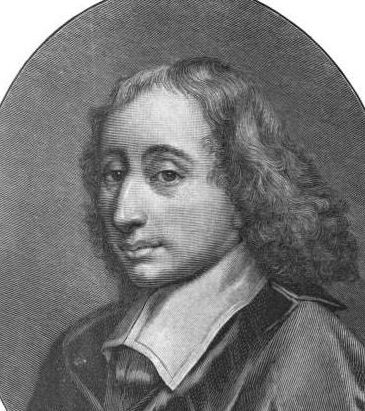
This shows that although we are delicate, we posses something unique – awareness and the ability to reflect.
Pascal believed that reason alone isn’t the only path to truth. He said the heart also “knows” certain things. This idea gave rise to his famous Pascal’s Wager: in short – if we don’t know whether God exists, it’s safer to believe than to risk being wrong. According to Pascal, it’s simply the more “profitable” option.
This isn’t just philosophy – it’s an invitation to reflect on what really matters in life.
Pascal’s Inventions – A Mind Racing Ahead of His Time
Though Pascal is best known for his work in math and philosophy, his contributions to engineering were just as revolutionary. He was centuries ahead of his time. As a teenager, he created what we would now consider the first mechanical calculation machine to help his father, a tax official, with work – a Pascaline.
His studies on pressure laid the foundations of hydraulics. He clearly formulated Pascal’s Law, which we still use today in brakes, presses, and elevators.
His discoveries are described below:
Pascaline
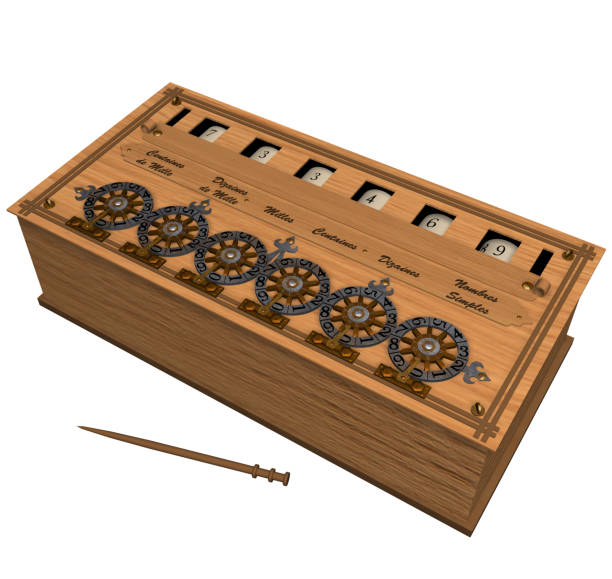
The machine works by using gears and cogwheels, and despite the lack of electricity or screens, it could add and subtract precisely. It was groundbreaking enough to arouse interest even in the royal court. However, due to technological limitations, its mass production proved impossible.
Pascal's Law
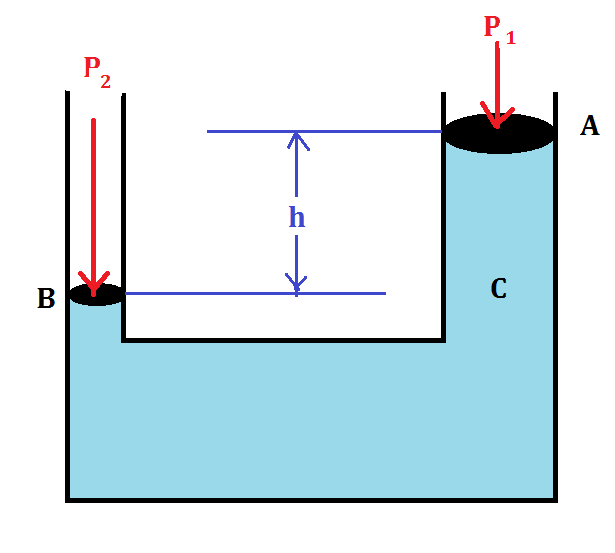
In a fluid at rest in a closed container, a pressure change in one part is transmitted without loss to every portion of the fluid and to the walls of the container
Vacuum studies
Pascal also studied the vacuum, which brought him into conflict with the Church – at the time, the existence of a vacuum was seen as heretical. His work helped understand atmospheric phenomena and paved the way for the development of physics.
Galileo – The Man Who Moved the Earth… and Shook the World
Galileo Galilei, known simply as Galileo, was a figure whose life reads like an adventure, philosophy, and crime novel all in one. An Italian astronomer, mathematician, physicist – and rebel – he wasn’t afraid to look to the skies and ask questions others didn’t dare to.
Galileo was born on February 15, 1564, in Pisa. He first studied medicine but quickly turned to mathematics and physics. In 1589, he began teaching in Pisa and conducted his famous experiment from the tower, disproving Aristotle’s theories.
He spent 18 years in Padua, where he built telescopes and made groundbreaking astronomical observations. He discovered Jupiter’s moons, Venus’s phases, mountains on the Moon, and sunspots – all of which supported Copernicus’s heliocentric theory.
In 1633, he was tried by the Inquisition and forced to recant. He died on January 8, 1642.

The Life of Galileo
Galileo – The Foundation of Modern Physics and Mathematics
Galileo believed that answers don’t lie in authority but in experience and experimentation. He worked in astronomy, astrology, physics, and mathematics. His contributions to astronomy include:
- Telescopic observations of Jupiter’s moons, Venus’s phases, and sunspots
- Challenging geocentrism and supporting Copernicus’s heliocentric theory
Physics
He also studied the motion of objects, proving that all fall at the same acceleration in a vacuum regardless of mass, disproving Aristotelian physics. His experiments on uniformly accelerated motion laid the groundwork for Newton’s later studies.
Mathematics
He explored infinity and proportions, attempting to describe physical phenomena mathematically – ahead of his time.
He showed that science is a practice, not just a theory.
Galileo – Engineer of Mind and Matter
Galileo wasn’t only an astronomer and physicist – he was also an inventor. He designed:
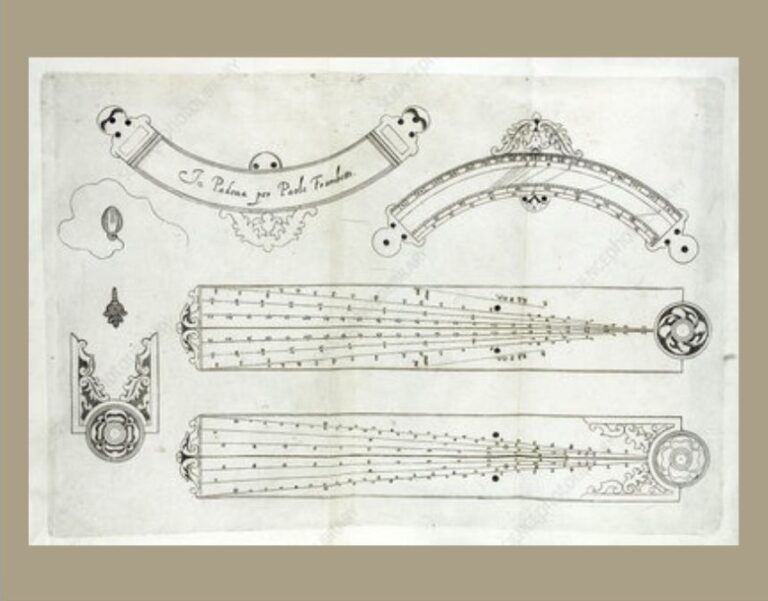

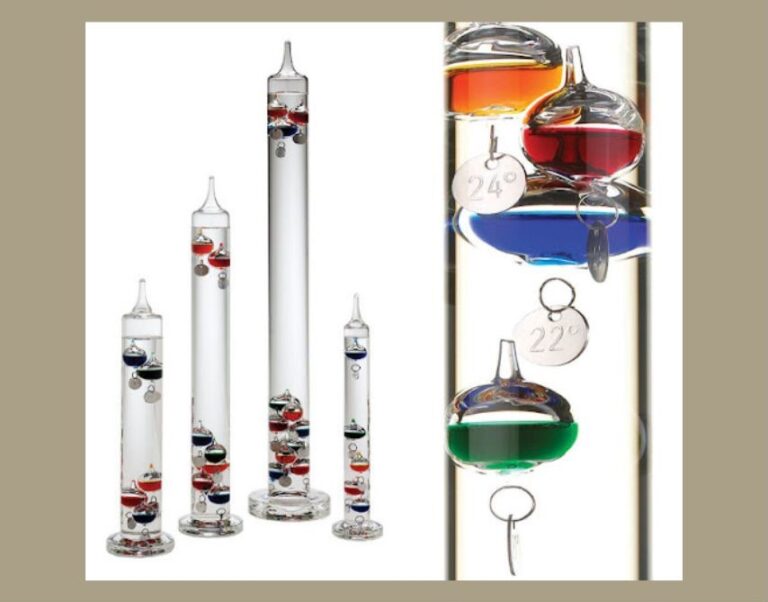
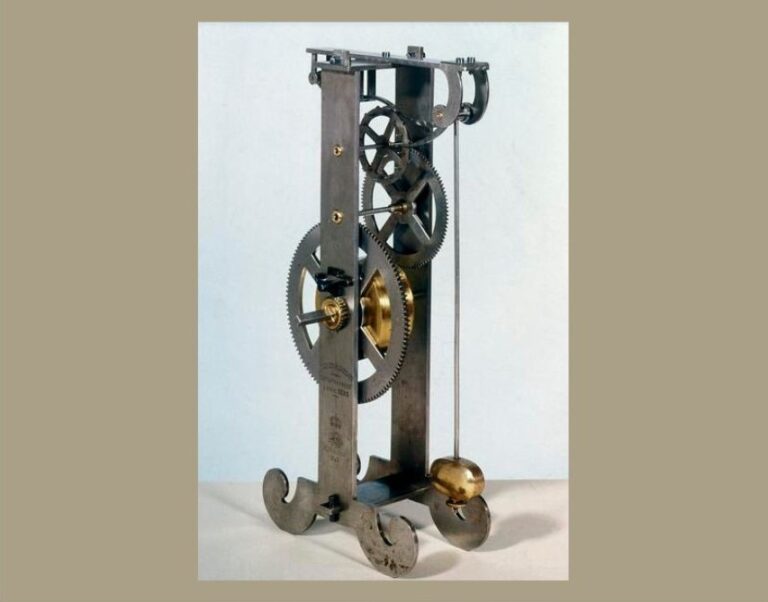
Galileo – A Philosopher Who Trusted Nature
Although best known as a scientist, Galileo had a philosophical approach to science. He relied on experience, observation, and reason, believing that nature speaks the language of mathematics – a language we must learn rather than impose our conclusions upon it.
His conflict with the Church was also philosophical – about who has the right to describe the world: reason or dogma.
Galileo proved that questions lead us to discover truth.
To sum up…
Both of the brilliant minds are the embodiment of the Renaissance Man. Talented in multiple fields and with numerous achievements that contributed to the lives of others, they made their mark in the 17th century – challenging the idea that this ideal belongs solely to the Renaissance, and proving that such versatility can be found in other eras as well. Their role as forerunners of exact science and philosophy is a great example of how an individual can change the future. Galileo once said: „You cannot teach a man anything, you can only help him to find it within himself.” – further proving that action comes from within, inspired by the desire to develop the abilities one wishes to possess – that is the true idea of being a Renaissance Man.
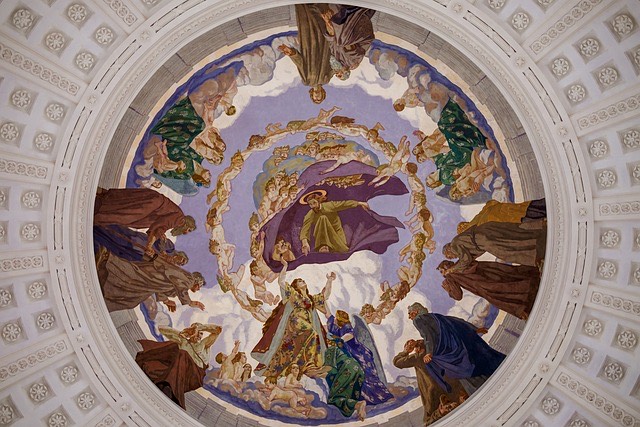
Made by Italy4 Group:
Adrianna Tymińska
Hanna Gala
Maciej Szulejewski
Bartłomiej Gala
Hanna Kaźmierczak
Aleksandra Gorzelak

